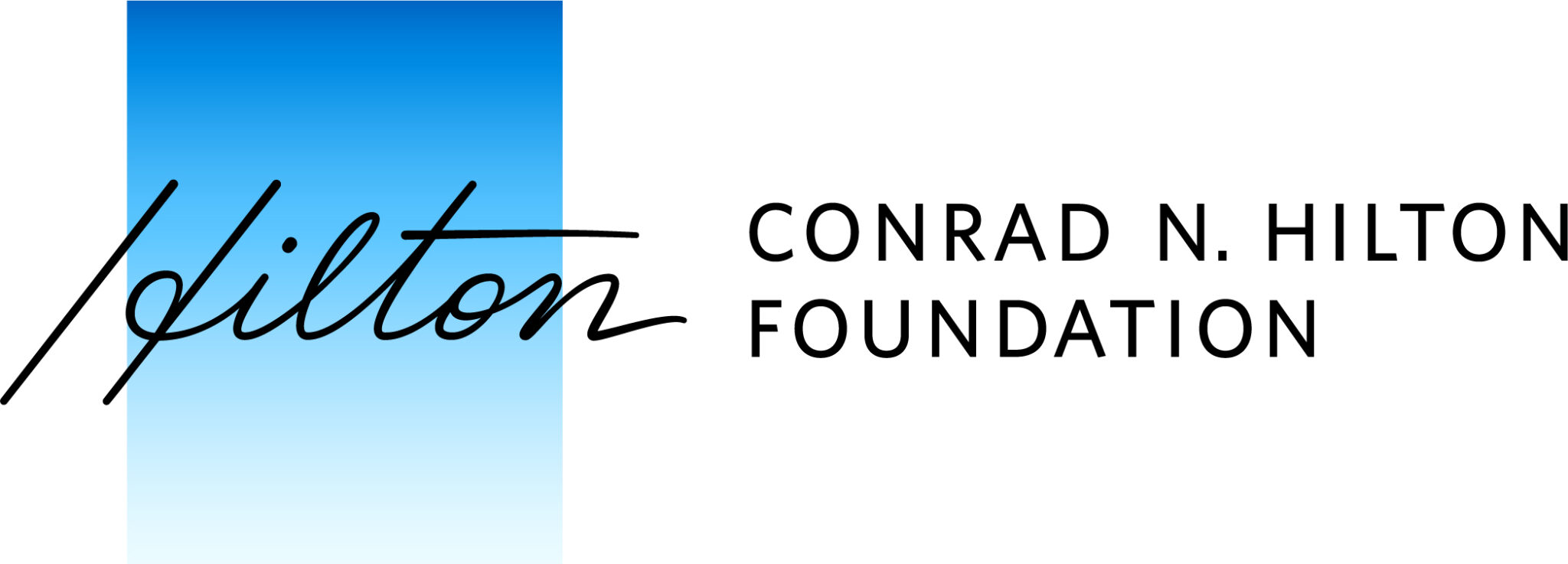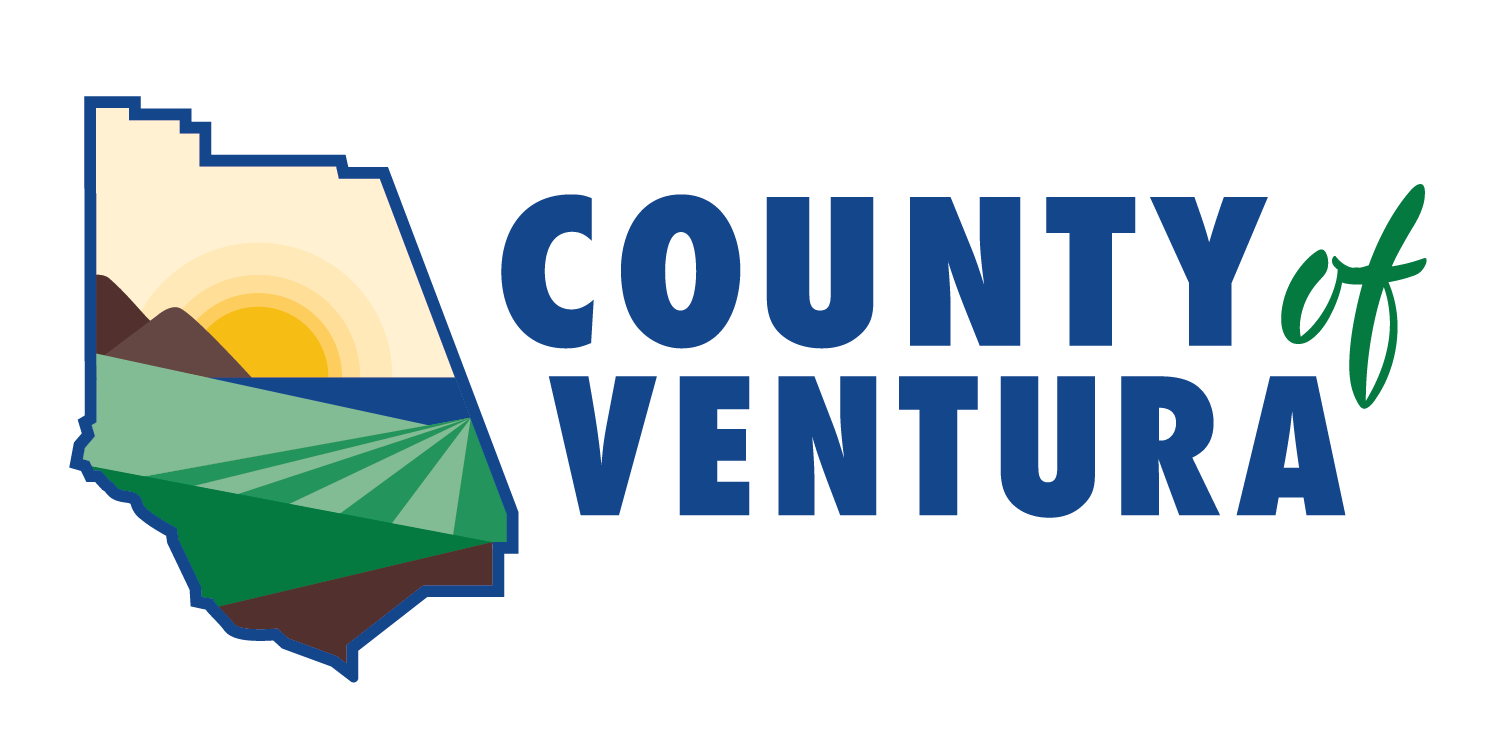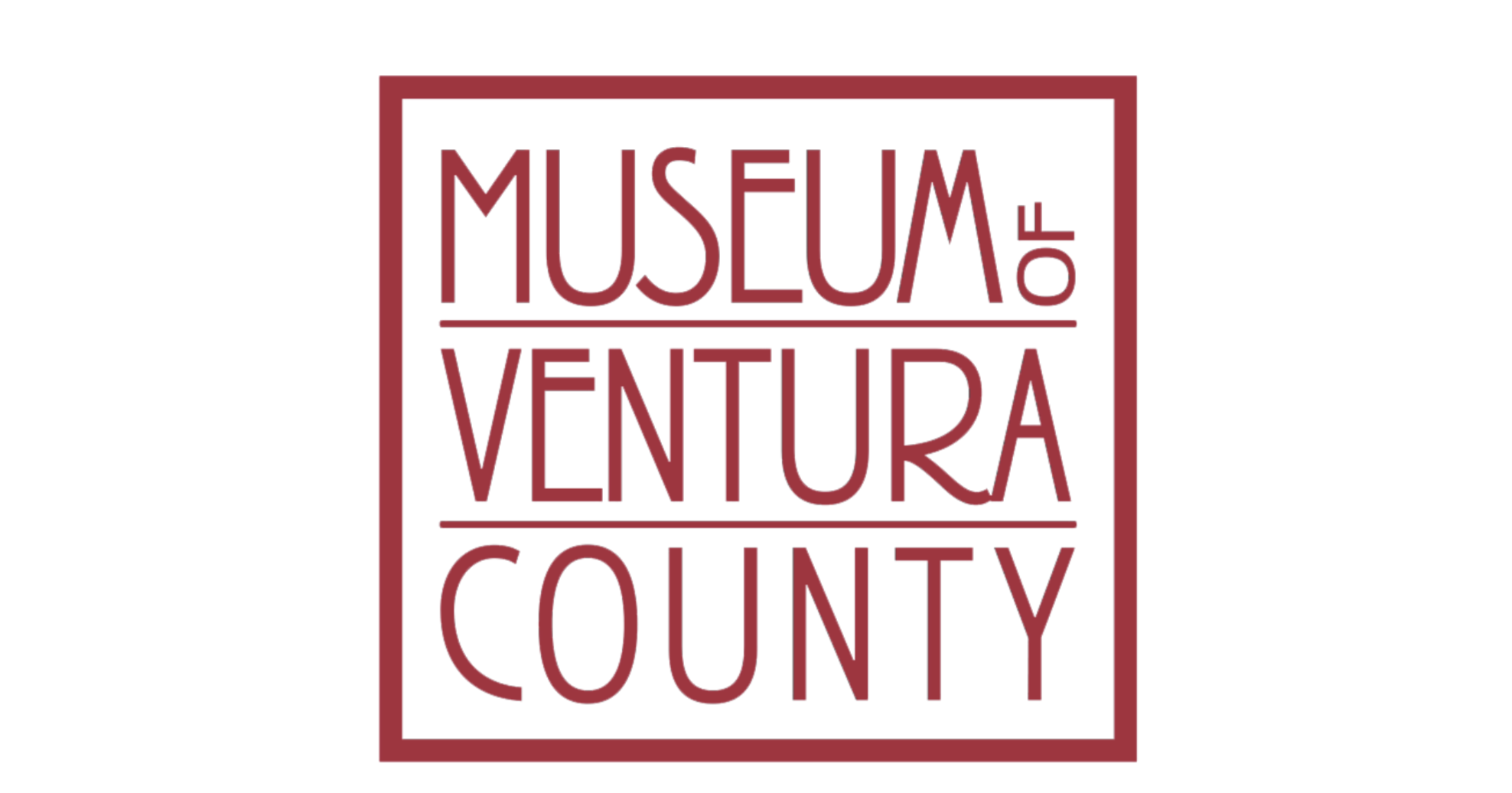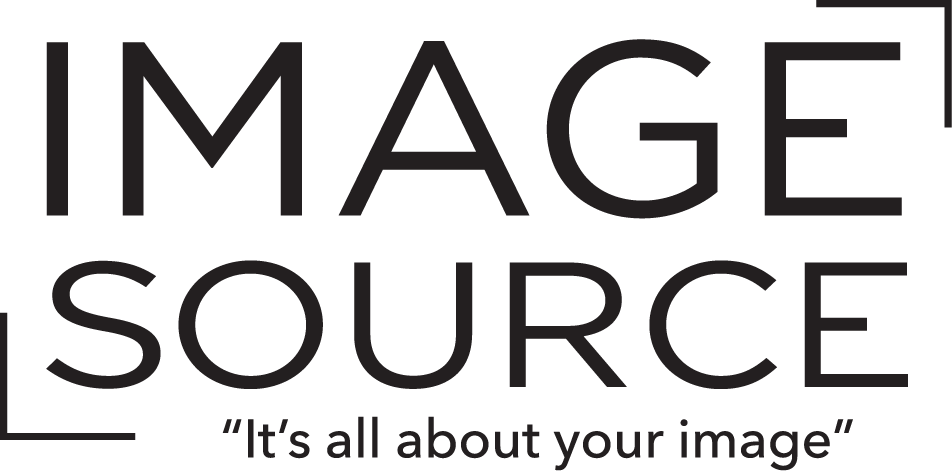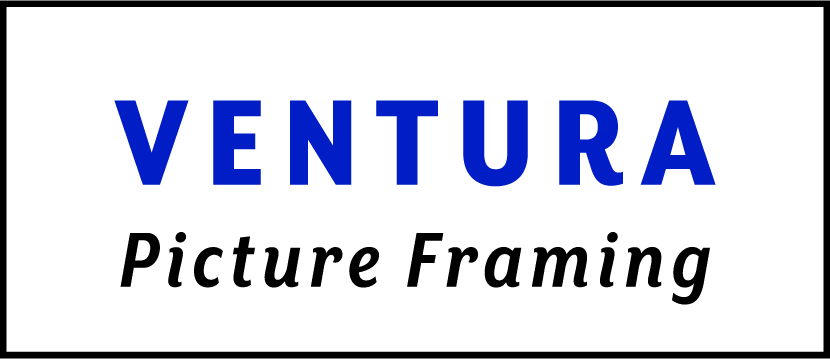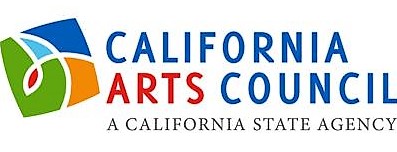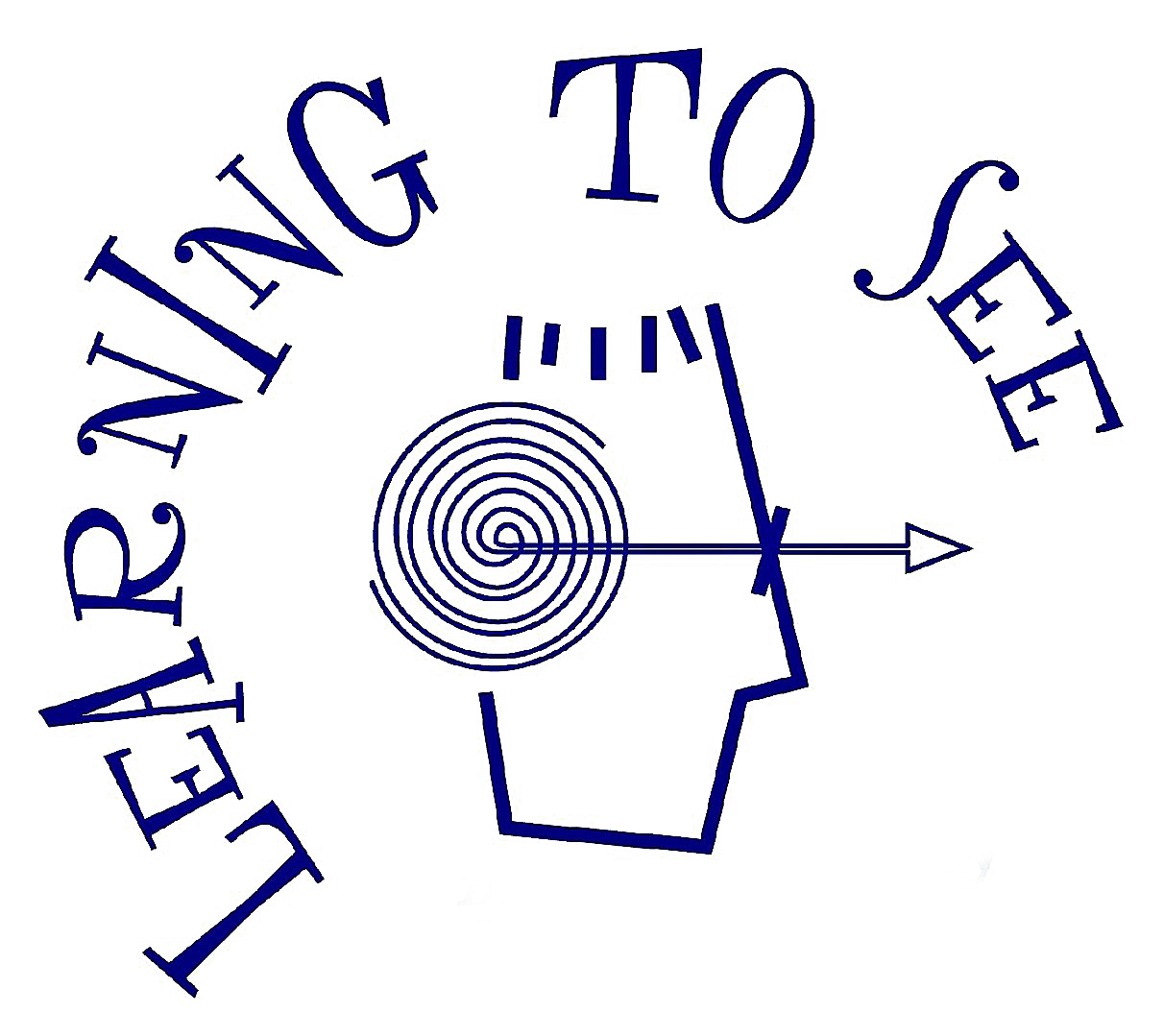
Learning To See
Weave your own tapestry inspired artist Porfirio Gutierrez
Porfirio Gutierrez is a Zapotec weaver from Oaxaca, Mexico, whose family has been weaving for generations. The Zapotec people, like many indigenous cultures, live in harmony with ‘mother earth’. They honor the gifts of nature, use them with respect, and use only what they need. Porfirio is an ambassador of his Zapotec heritage by helping his people to preserve their ancient culture and sharing it with the world. Learn more about Porfirio and his family at www.PorfirioGutierrez.com.
Left: Porfirio greets students in his native Zapotec language at Rio del Valle Middle School.
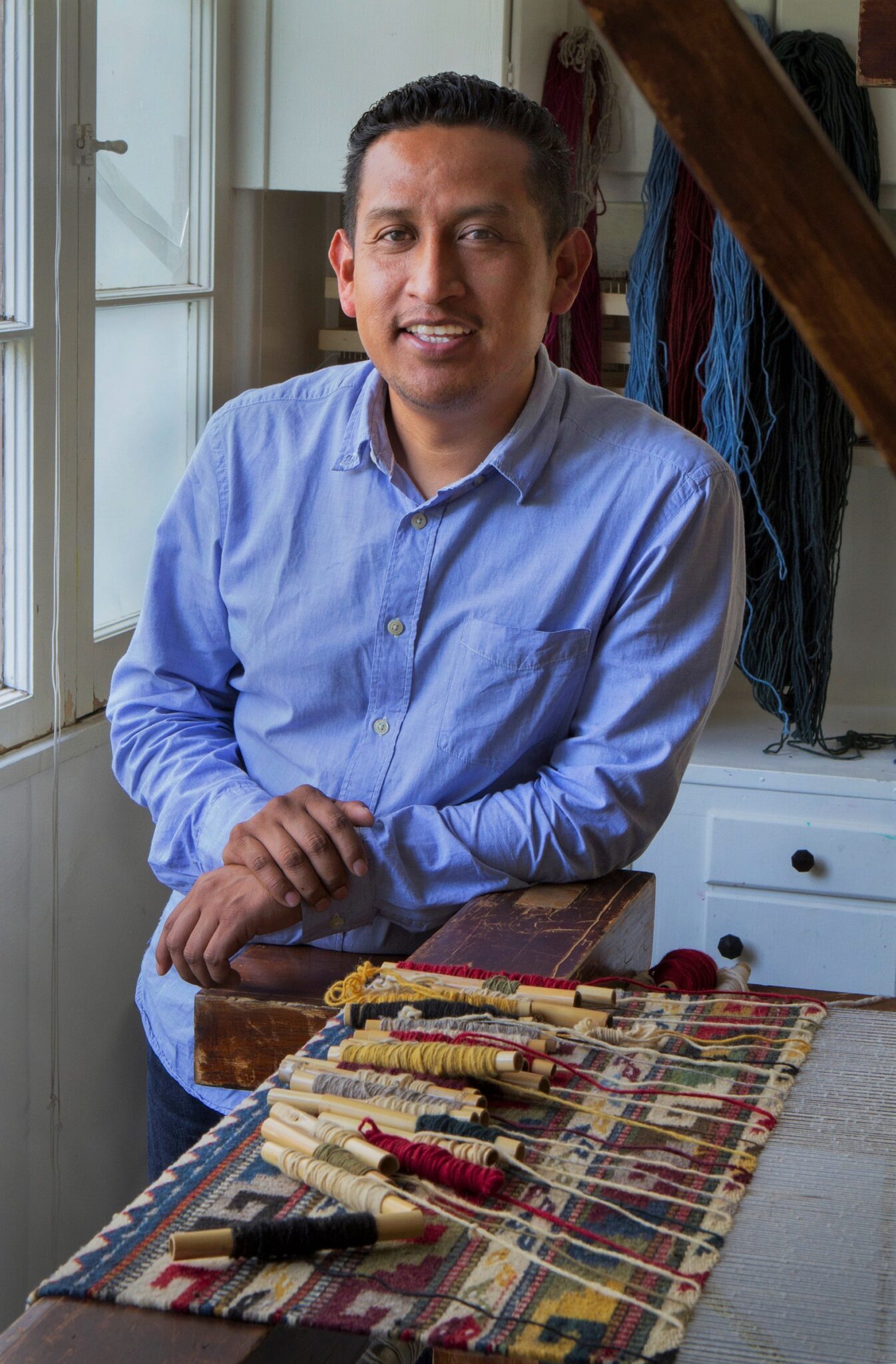
The weavings below show how Porfirio and his family use ancient Zapotec symbols in their weavings. The two weavings on the left show traditional designs which have many rows of patterns. Porfirio is now designing weavings using those ancient symbols in a new, more modern way with bigger shapes and less rows.


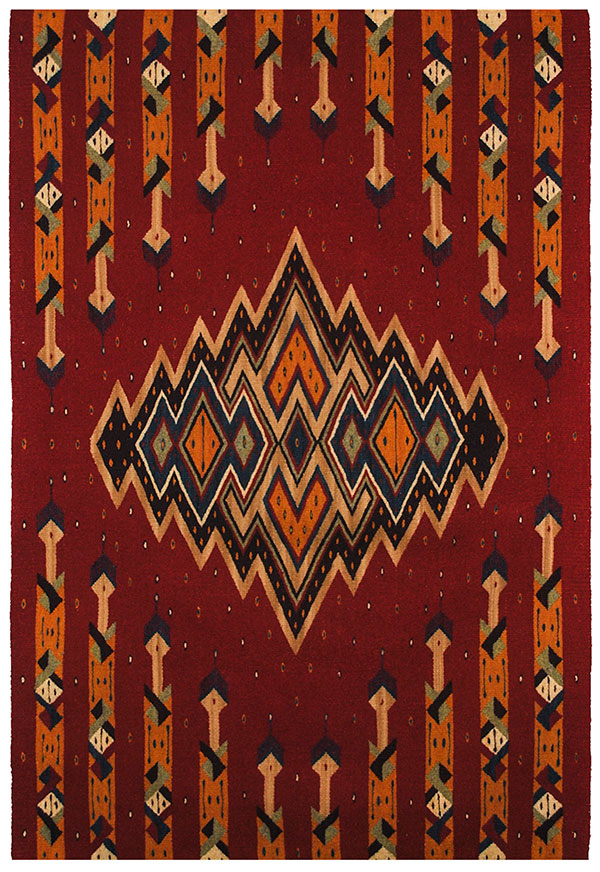
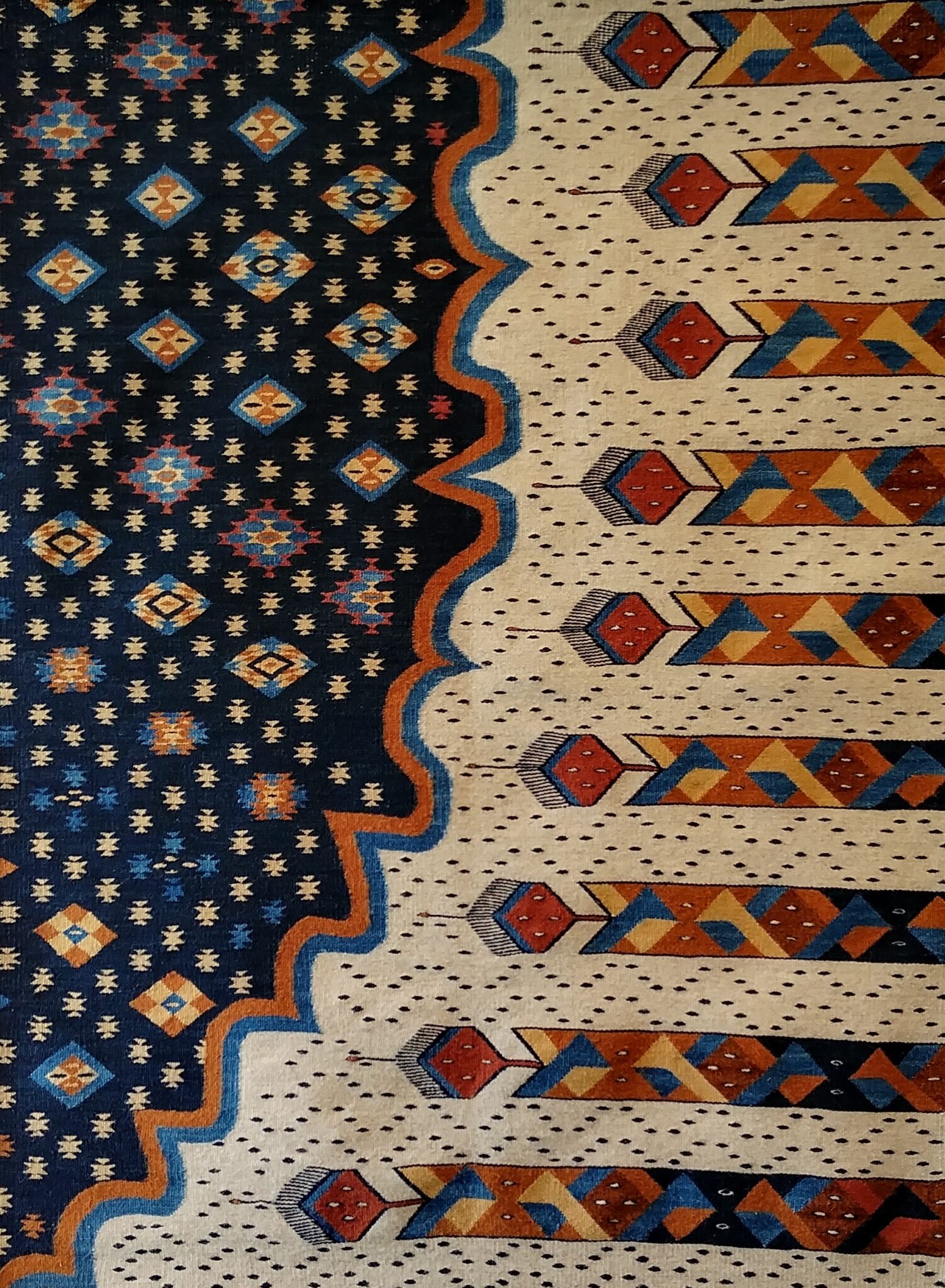
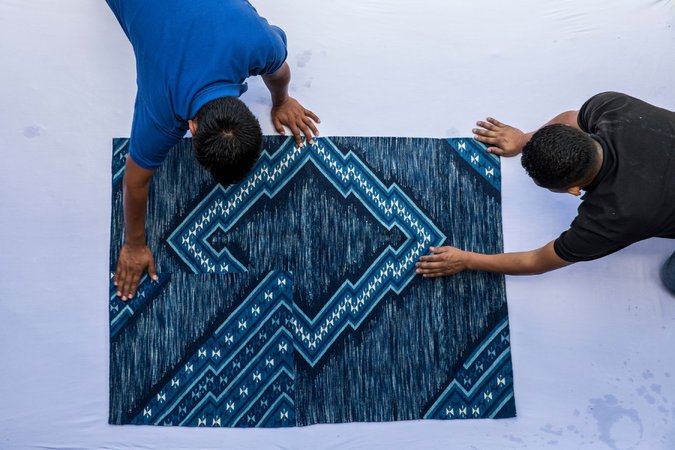

Weaving words:
Weaving – a way of making fabric by crossing threads over and under each other.
Loom – a frame (or board) to hold the weaving
Warp – The threads stretched up and down (vertically) on the loom.
Weft – The threads woven under and over (horizontally) the warps
Porfirio uses a wooden loom to make his tapestry weavings. The looms are big enough to make a weaving that is 4′ wide!
Compare paper weaving to tapestry weaving
In the paper weaving, the warp is the vertical lines in blue and the weft is the horizontal lines in different colors.
In the tapestry weaving, the warp is the vertical lines made of string and the weft is the horizontal lines in black and gray.
The weft completely covers the warp in a tapestry.
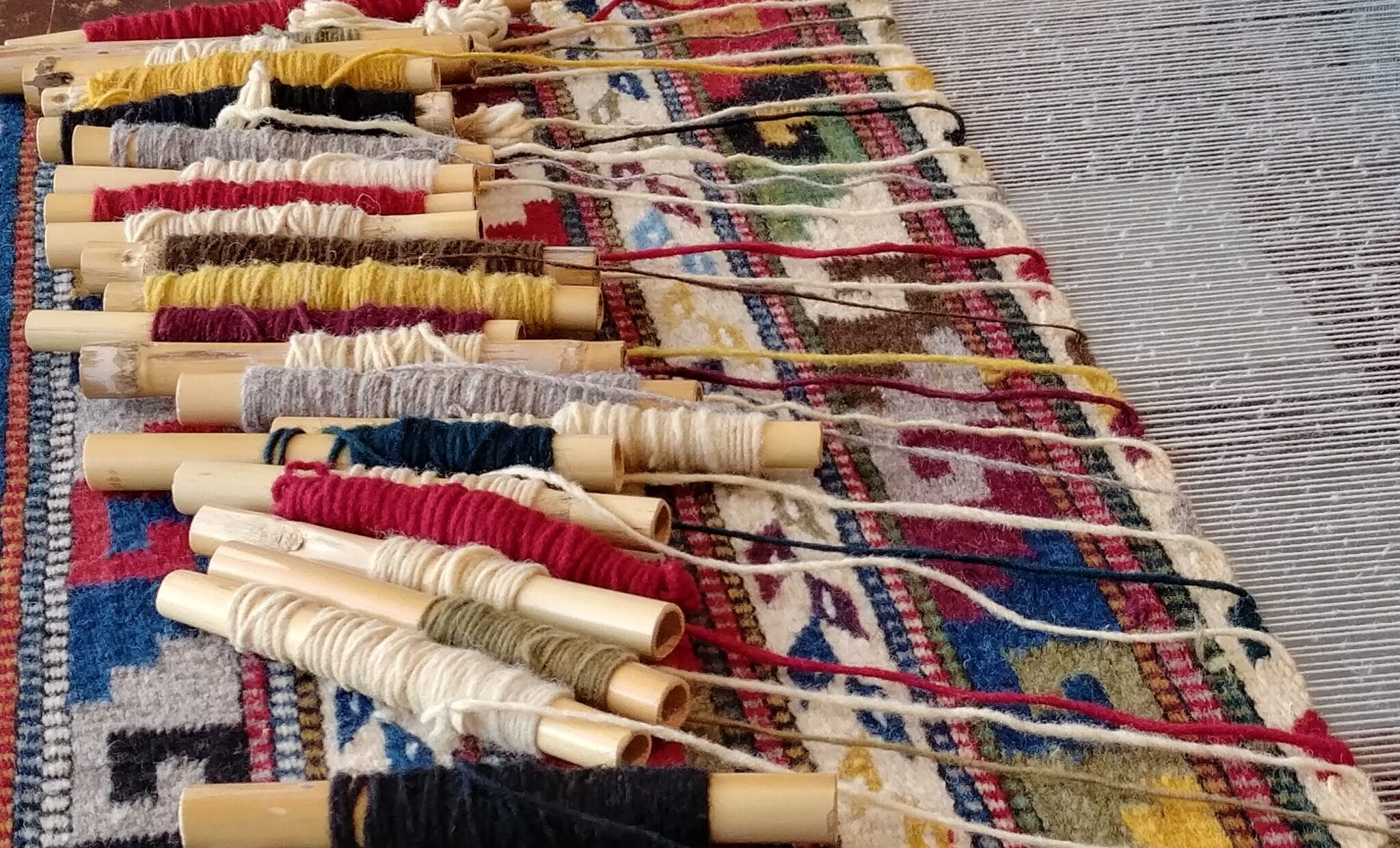

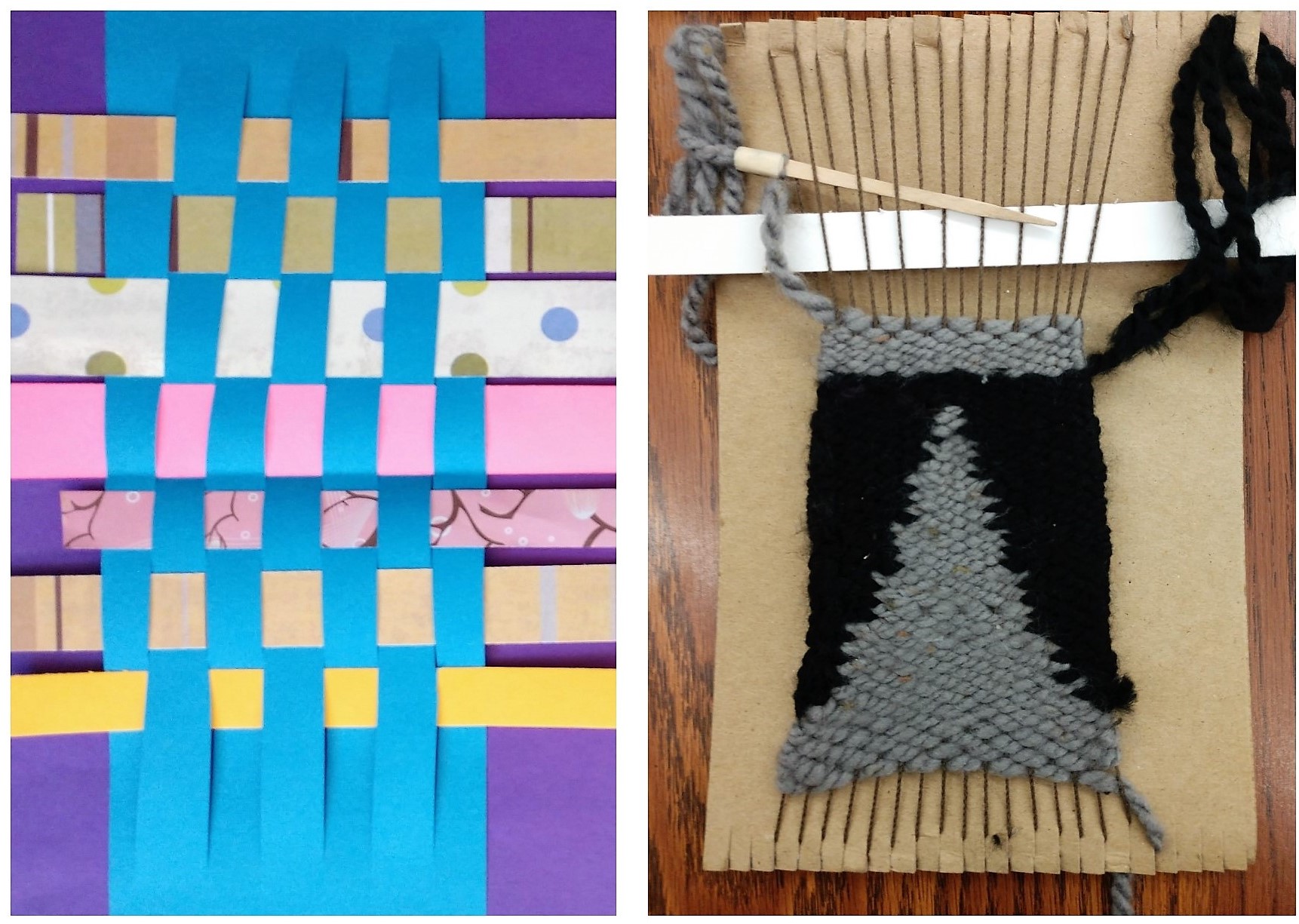
Watch this fun how-to-weave video below from the Metropolitan Museum of Art!
Supplies:
heavy cardboard for loom, about 5″ x 7″
string for warp
yarn for weft
scissors
tape
Click HERE to learn how to make weavings with things you find at home!
These are weavings by students at Anacapa Middle School. Click HERE to see more student weavings.
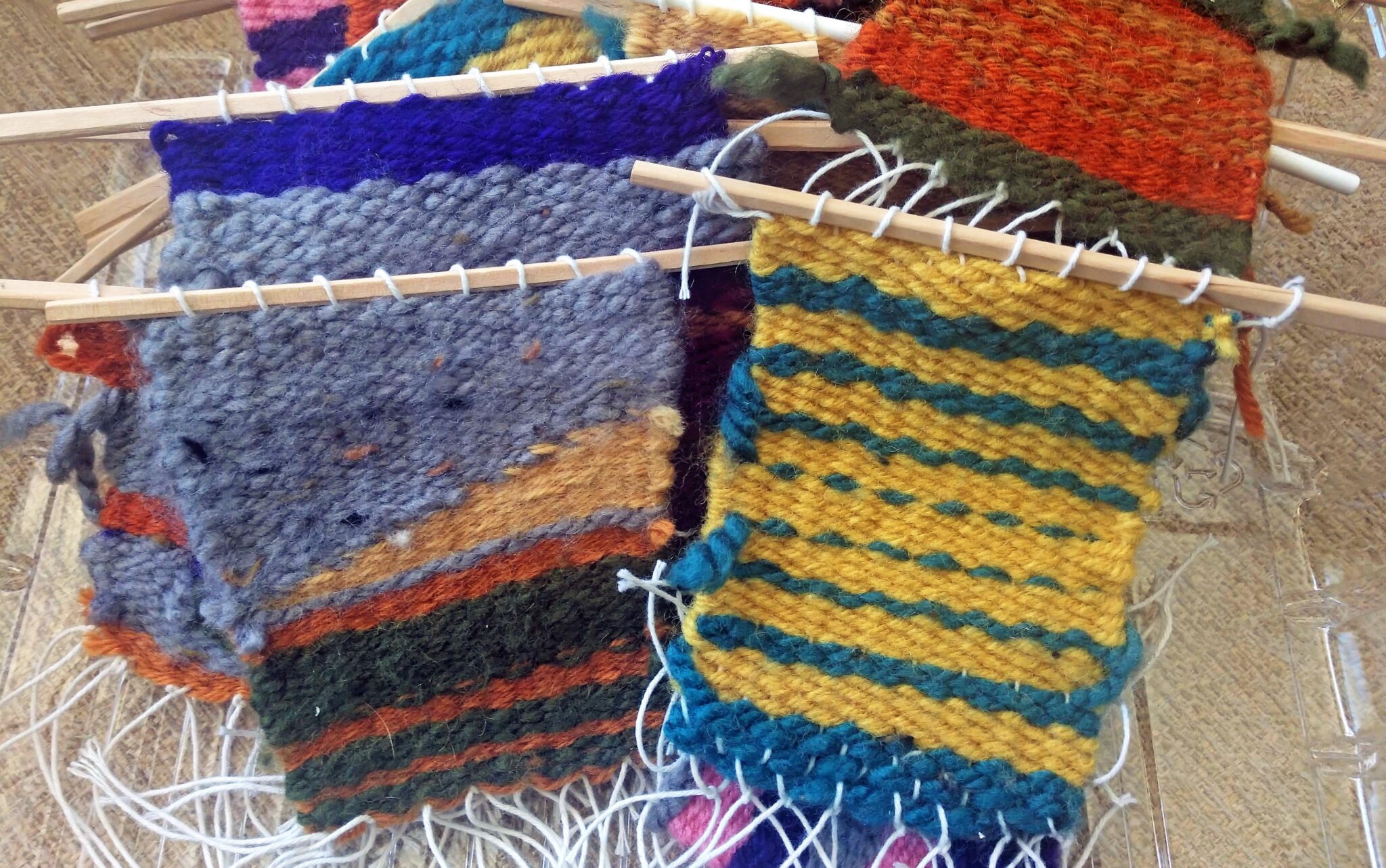
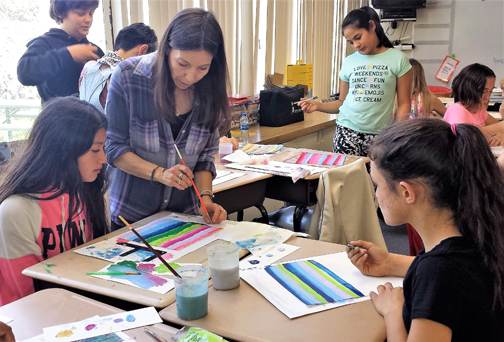

Funding
Learning To See has been adapted for comprehensive online learning! We utilize Zoom (& other video platforms) and have webpages to support each lesson. Art supply packets are provided for each student.
Our standard 8-week in-the-classroom residency is $550 (including instructor and supplies).
You can “Adopt A Classroom” for $550.00. Click HERE to Donate
Four week and single lessons are also available. Our lessons are cross-curricular and support the California content standards. Many of them can be tailored and grouped to work with a particular unit of study, i.e. zoology, social studies, history, language arts, sciences, etc. They are adaptable to a wide range of grade levels from elementary through secondary grades and beyond, including community groups and programs. Programs are supported in a variety of ways, including school and PTA funds, grants, or personal donations from an individual or group of parents/grandparents.
Our program is taught by professional artists who have extensive educational experience. We feel that this criterion helps to guide the student with a deeper understanding of the art making process.
For more information, or to arrange a residency in your neighborhood, call 805.653.2501 or email [email protected].
Thanks to Our Sponsors



